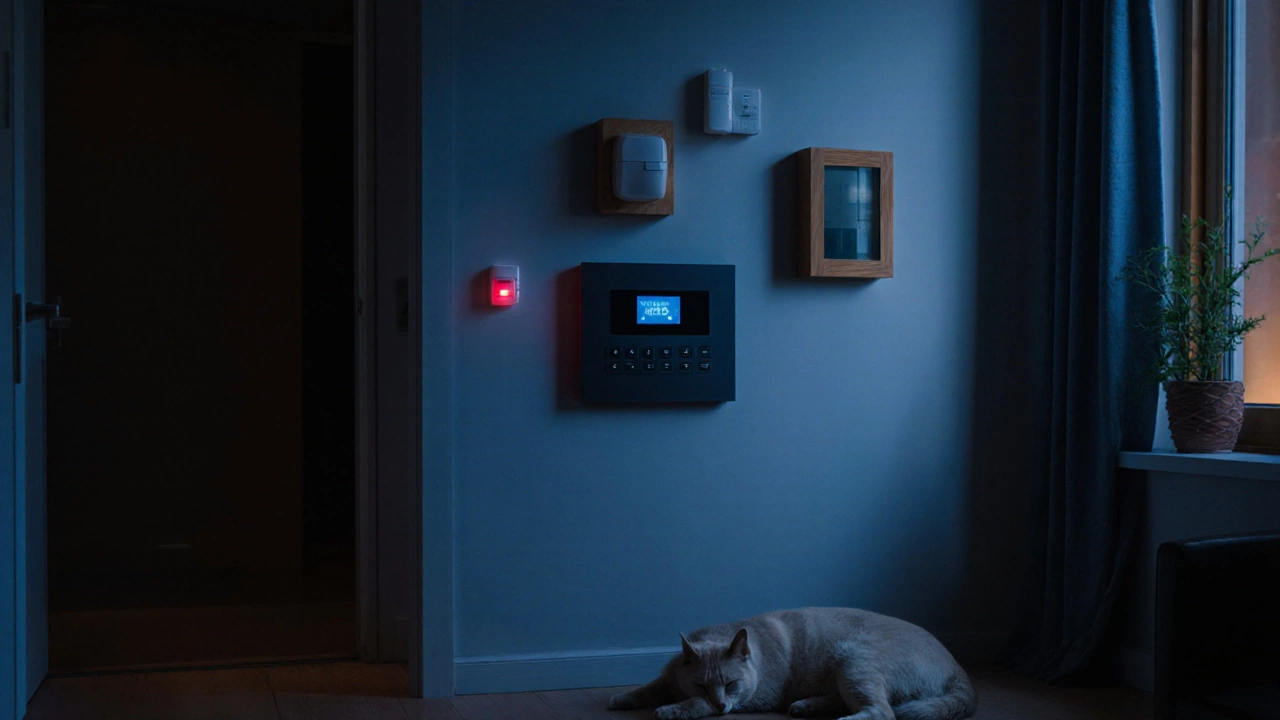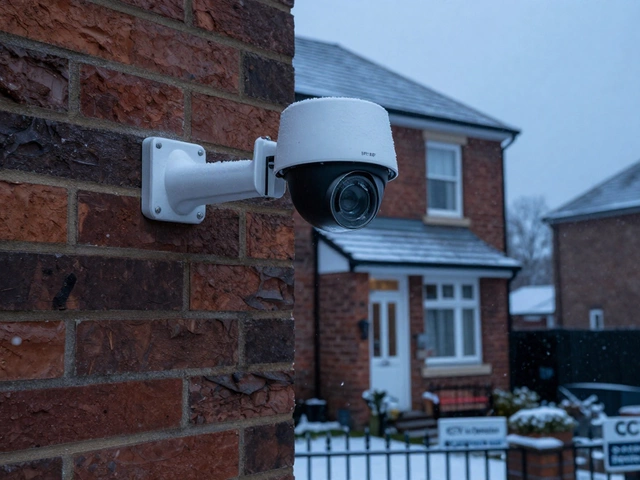Burglar alarm system: what you need to know
When you hear the word “alarm,” you probably picture a loud siren and flashing lights. That’s the basic idea, but modern burglar alarm systems do a lot more. They can notify you on your phone, talk to the police, and even work with smart home gadgets. If you’re thinking about adding one to your Birmingham home, this guide will walk you through the most useful stuff without the tech jargon.
First off, an alarm system isn’t just a single device. It’s a collection of sensors, a control panel, and a way to tell someone (or something) that trouble is happening. Sensors can sit on doors, windows, or in rooms to catch motion. The control panel is the brain – it decides when to sound the alarm or send a message. And the communication part can be a phone line, a cellular network, or broadband internet. Knowing the basics helps you match the right kit to your needs.
Key features to look for
Wireless vs. wired. Wired systems are reliable but need drilling and cables. Wireless kits are easier to install and move, but they need good battery life and a strong signal. In most UK homes, a hybrid approach (wired power, wireless sensors) gives the best of both worlds.
24/7 monitoring. Some companies watch your system all day, every day, and call the police when an alarm sounds. Others let you handle alerts yourself via a smartphone app. If you’re away often, a professional monitoring service adds peace of mind, but it also adds a monthly fee.
True‑motion detection. Cheap motion sensors can trigger from pets, curtains, or sunlight. Look for dual‑technology sensors (PIR + microwave) that need two things to happen before they fire. That cuts down on false alarms, which can be a real headache with local police.
Smart home integration. Many modern panels work with Alexa, Google Home, or Apple HomeKit. This means you can arm or disarm the system with voice commands, or set up routines like “turn on the lights when the alarm is triggered.” Integration doesn’t just add convenience – it can make your whole home smarter.
Avoiding common pitfalls
One of the biggest mistakes is ignoring the battery backup. Power cuts happen, and a system that relies only on mains power becomes useless. Choose a kit with a battery that lasts at least 24 hours, and test it regularly.
Another tip: place sensors where they can’t be easily hidden. A sensor on a high window is better than one on a low door if a thief can reach the lower spot. Also, keep the control panel out of sight – burglars know to look for the box and might try to cut it.Lastly, don’t forget to register your system with the local police or a neighborhood watch group. In the UK, some police forces give priority to homes with registered alarms, which can speed up response times.
To sum up, a burglar alarm system that mixes reliable sensors, solid communication, and smart features will protect your property without driving you crazy. Pick a reputable provider, test the hardware, and keep the system maintained. With the right setup, you’ll feel safer whether you’re at home, at work, or on holiday.









